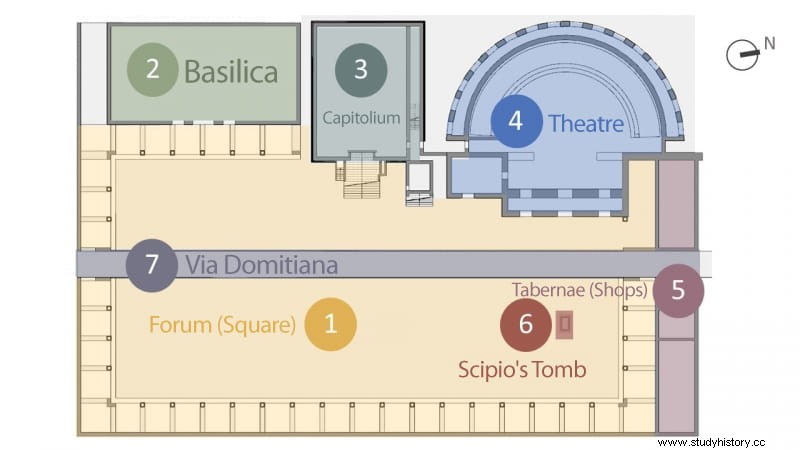There is no doubt that the two most important and famous archaeological sites in the Italian region of Campania are Pompeii and Herculaneum, the two cities buried by the pyroclastic flow of Vesuvius.
However, there is a third city in ruins very close, to the north of Naples, which was not reached by the eruption but was abandoned in the Middle Ages and which is of undoubted interest because the remains of Scipio the African rest there. , the general who defeated Hannibal Barca in the Second Punic War. The place is called Liternum.
Liternum is located exactly in the municipality of Giugliano di Campania, which is part of the metropolitan area of Naples and, to be more specific, is located on the southern shore of Lake Patria. This consists of a small body of water measuring two square kilometers and a meter and a half in average depth, fed by various sources -among them a channel that connects it with the sea, hence its water is salty-, although in ancient times it was towards the river Clanio, which empties into the Tyrrhenian right there. At that time, the lake was known as Literna Palus and extended a little further to the north through a wide swampy area.
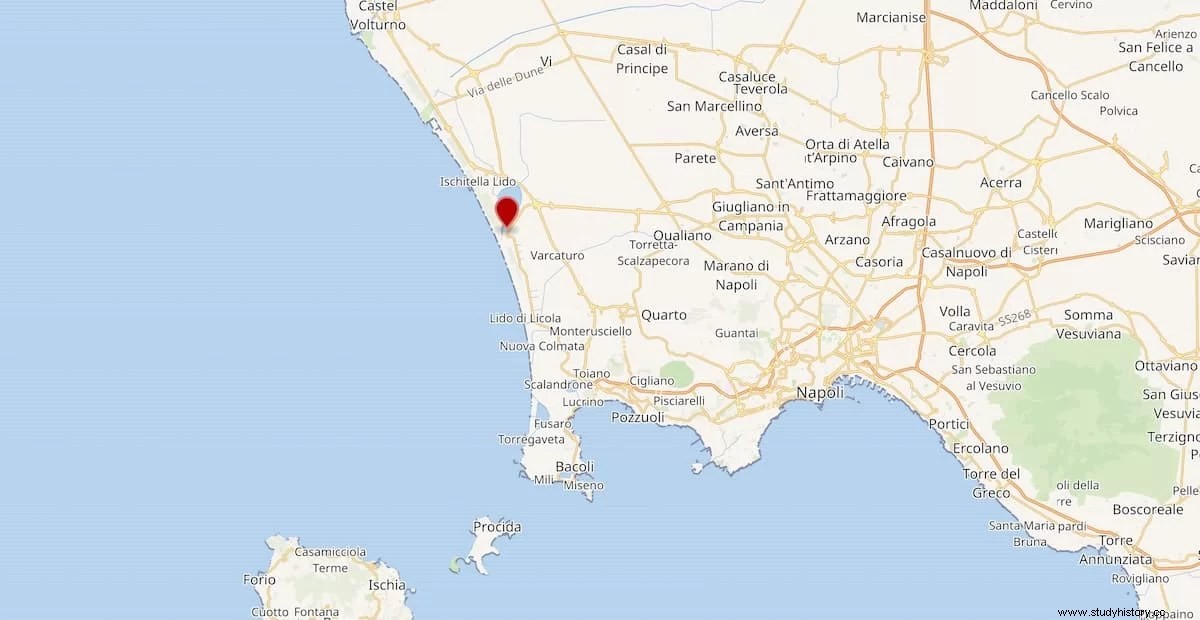
Although it is known that the area was inhabited since prehistory, at the beginning of the first millennium the Oscans settled there, an Indo-European people who were probably the ones who founded Pompeii and Herculaneum, although from the 7th century B.C. they had to yield to the Greeks of Cuma, who established various colonies along the coast.
They were then conquered by the Samnites and later, after the battle of Sentino (in the Third Samnite War), by the Roman Republic, undergoing the consequent process of Romanization.
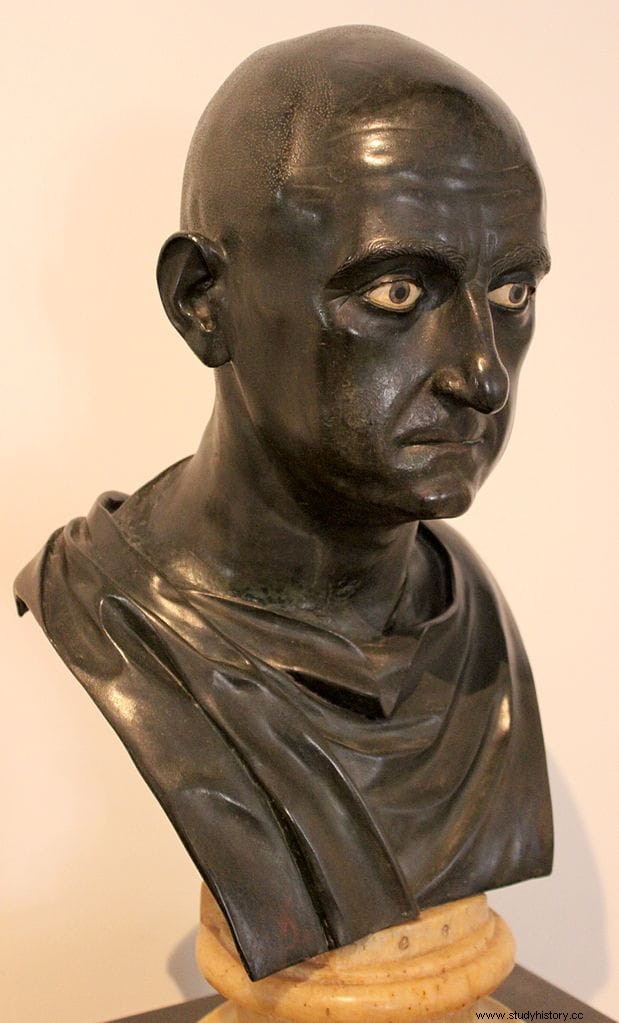
Now, what is interesting about Liternum is the transformation it underwent at the end of the Second Punic War, after the capitulation of Carthage and the elevation of the man who made it possible:Publius Cornelius Scipio, winner of Magon Barca, Hasdrubal Giscon, the Numidian Sifax and, above all, Hannibal, thanks to which he earned the agnomen from African and be appointed princeps senatus (first senator).
The contest ended in the year 201 B.C. and Scipio continued his political-military career but, meanwhile, the veterans of his army received as a prize the lands of Liternum, which had the status of a Roman colony.
That was in 194 B.C. but, over the next few years, things would change for Zama's hero. Initially all went well, pursuing Hannibal to the Seleucid empire of Antiochus III the Great, which he defeated at the Battle of Magnesia along with his brother (for which he received the agnomen of Asiatic ) in 190 BC.
But in ancient Rome success used to arouse envy and suspicion. Upon returning, the two Scipios were accused of having allowed themselves to be bribed by the defeated king due to the lax conditions imposed on him and the main accuser, Cato the Elder , demanded that the accounts of the campaign be made public.
The African, outraged, refused, which resulted in condemnation for his brother. He freed him from his prison and although he finally paid the sanction dictated, the attitude of the African served to open another process against him. He then left Rome to retire to the villa he had at Liternum.
He would never return, dedicating himself to olive farming and writing his memoirs while his enemies gave up continuing with the accusation, perhaps aware that he had little left. Indeed, he died around 183 BC. having explicitly indicated to be buried there and not in the metropolis that he had shown so much ingratitude.
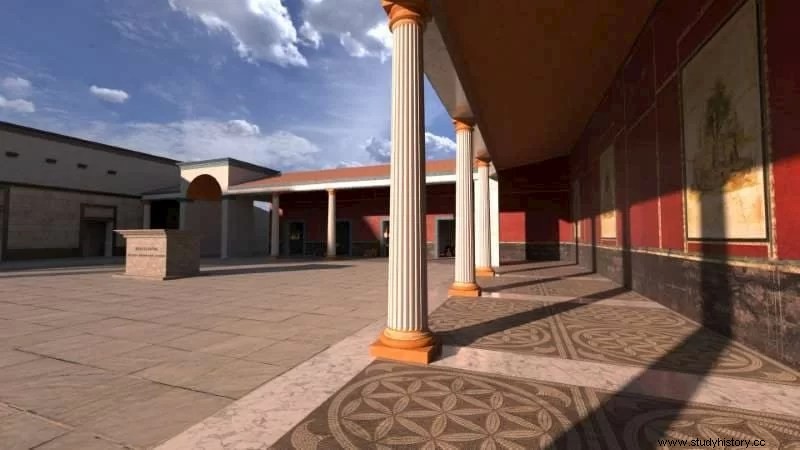
Unfortunately, his grave fell into oblivion for a long time. Tito Livio and Seneca, who lived between the 1st century B.C. and the I d.C. they still recorded it (in Ab urbe condita and Letters to Lucilius respectively), but from there it is lost in history.
And that, according to the first, the tomb had a statue and everything, in addition to an epigraph with some famous alleged words of the character:«Ingrata Patria nec bones quidem mea habes » (Ungrateful homeland , you don't even have my bones ). By the way, a tradition tells that much later a fragment of that tombstone was found in which you could only read «...ta Patria nec …» and that's why people started calling the lake Homeland.
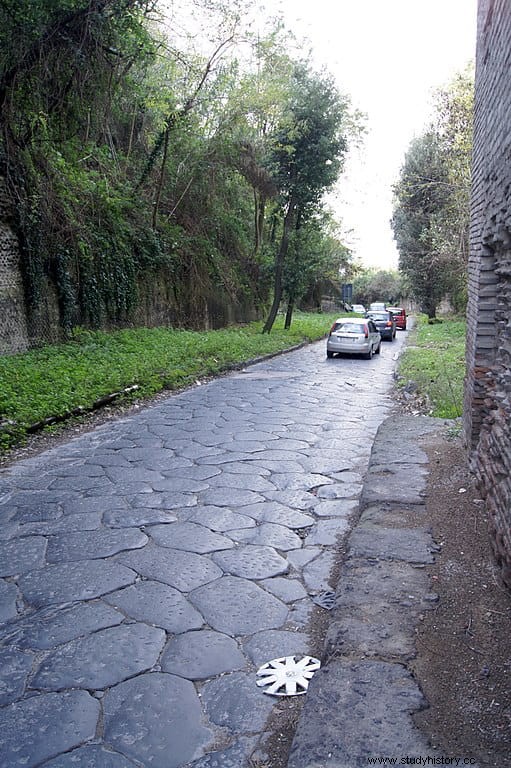
After Scipio, Liternum experienced two periods of splendor:the first was during the reign of Augustus and the second from the end of the 1st century AD. early 2nd AD That development was due to the Via Domitiana, a causeway built by Emperor Domitian in 95 AD. to connect the port of Puteoli (present-day Pozzuoli) with the rest of the empire; the section that went from the port to Sinuessa (present-day Mondragone), where it connected with the Appian Way, was about forty-nine kilometers long and passed through Liternum, which allowed it to participate in the network of fish trade, perfumes, ceramics and , above all, the glass that was made with the fine sand of that part of the coast.
At that stage, the city even became an episcopal seat, but a series of floods and the barbarian invasions that began to devastate the Italian peninsula caused that, from the 4th century AD. From then on, people tended to abandon the place to concentrate in neighboring Lilianum (Giugliano de Campania), another urban center founded by the Greeks. Liternum was abandoned and in the Middle Ages only a Benedictine community lived there.
The site was rediscovered in the 19th century, when some tombstones were found, which in 1930 encouraged archaeologists to dig in search of Scipio's tomb; it is not clear if they were lucky.
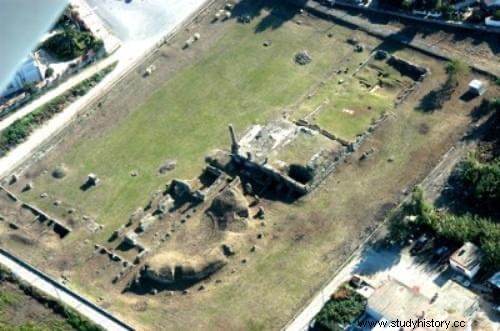
Today it is the center of an archaeological park which, in turn, is integrated into the regional nature reserve of Foce Volturno-Costa di Licola, a protected area of 1,540 hectares, of which 85,000 square meters are the historical ruins that began to come to light in 1932.
These remains, in fairly poor condition, include a forum (rectangular, it is assumed that Scipio rests under the pavement), capitol (from the 2nd century AD and with a temple dedicated to the triad Jupiter, Juno and Minerva), basilica (from the times of Sulla ), theater (from the Antonine period, with capacity for a thousand spectators), walls, cistern, baths, amphitheater, necropolis (from the imperial period) and an altar that was placed in the place where the Roman general is supposed to be buried, in the forum, in front of the tabernae (stores).
Since 2016, the complex has been incorporated into the Campi Flegrei Archaeological Park and can be visited.
